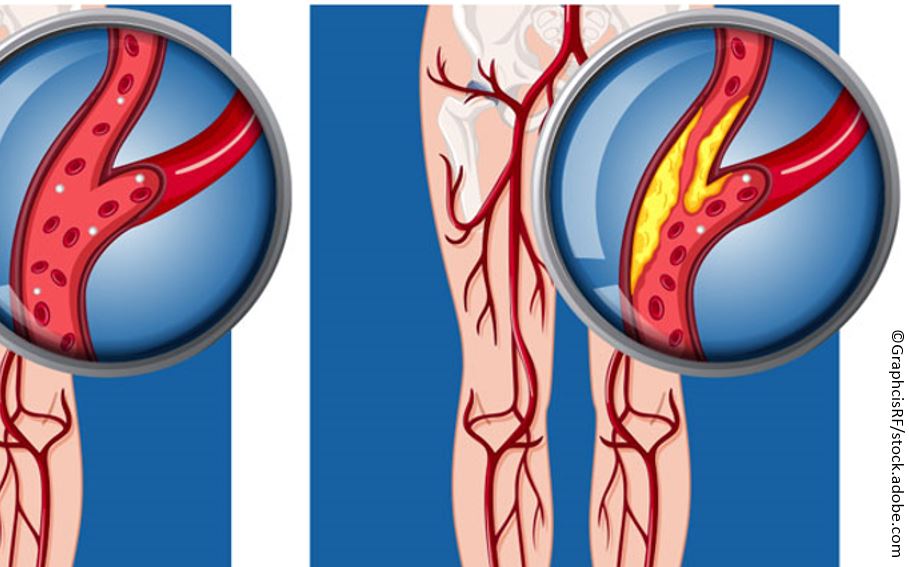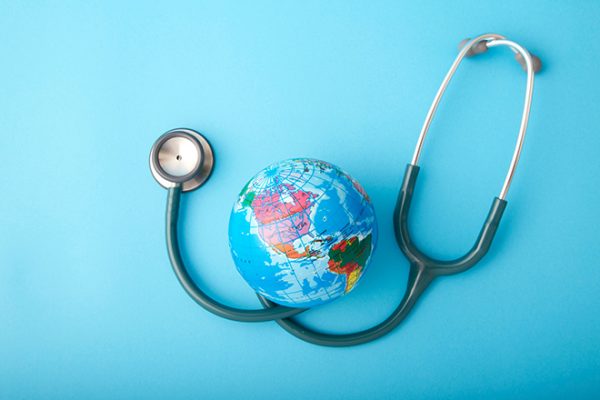Our vascular system is an important network of connective tissues that bring blood to and from organs and another tissue. It includes the blood, blood vessels, and the heart. The blood itself provides the means of transport for the elements required by all of the body’s tissues for survival. Without healthy blood flow, body cannot work the way it should. It gives your body the oxygen and nutrients they need. Once the organs receive the oxygen and nutrients, blood will return to the heart through the veins.
When your blood vessels are healthy, flexible, and smooth, blood can move through them easily and keep the organs and tissues working the right way. But if blood vessels are hard, narrow, or blocked by plaque, blood cannot flow the way it should, it makes organs and tissues can’t get the nutrients they need, which can cause a range of symptoms and even lead to serious health problems.
Types of the vascular disease:
- Atherosclerosis
The first type of vascular disease is atherosclerosis or the hardening of the arteries. A hard substance called plaque builds up in artery walls, making them hard, narrow, or totally blocked. Atherosclerosis can lead to serious problems like heart attack or stroke.
- Carotid artery disease
The arteries that bring blood to the brain become narrow or blocked and can lead to stroke.
- Abdominal aortic aneurysm
It is a bulge or weak spot in the main artery in the torso that brings blood from heart into abdomen. If the aneurysm bursts, it can cause life-threatening bleeding.
- Peripheral artery disease
The arteries that bring blood to limbs and pelvis become narrow or blocked and can lead to pain, loss of function, and in severe cases, limb loss.
People with diseases such diabetes, high blood pressure, or kidney failure can be more likely to have vessel problems. Working with vibrating tools, being in cold temperatures, and smoking can worsen vascular problems. They affect about 10% of people and cause problems such as pain, open wounds, or even loss of body parts.
Signs and symptoms:
- Pain
- Abnormal color changes in fingertips
- Swelling
- High blood pressure
- High cholesterol levels
- Cold fingers
- Cramping legs
- Leg weakness, an etc.
The symptoms can be known in detail by taking test and treatment of interventional radiology. Doctors and physicians will help us to examine the results. But, those are written above are the first important understanding that people need to do to increase a better result before undergoes the treatment.
How to reduce the symptoms?
- Quitting smoking
- Controlling diabetes and blood pressure
- Lowering cholesterol and triglycerides
- Taking anticoagulant to prevent blood clots
- Incorporating medically supervised exercise into daily life
- Arranging healthy diet
Vascular disease shares many risk factors with heart disease. So, it is important to be screened if people already at high risk for heart disease and have any of those symptoms. Exercise training is the most effective therapy for improving the symptoms of mild to moderate forms. The risk of vascular disease gets higher as you get older. Treatment will also vary depending on the different conditions.




